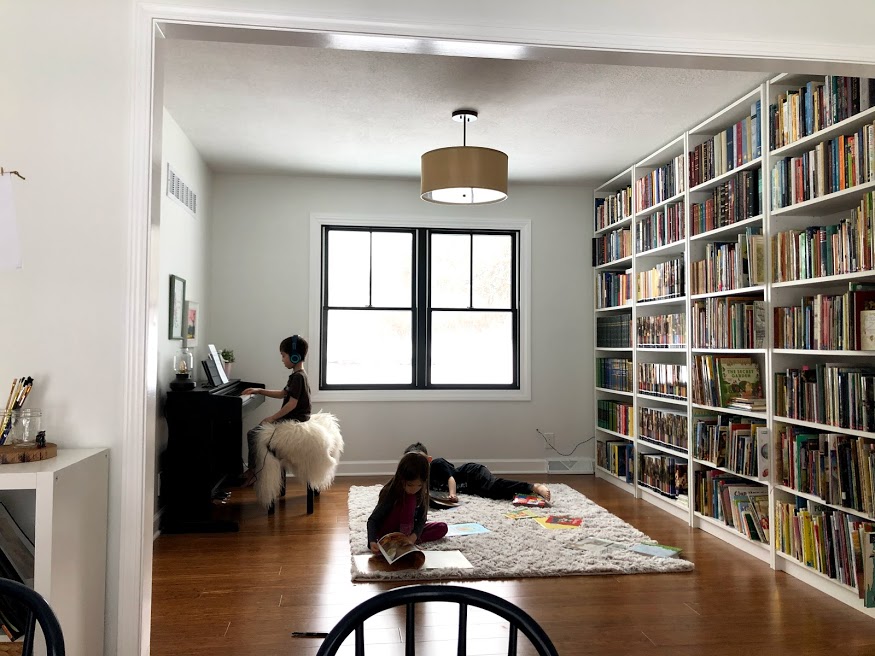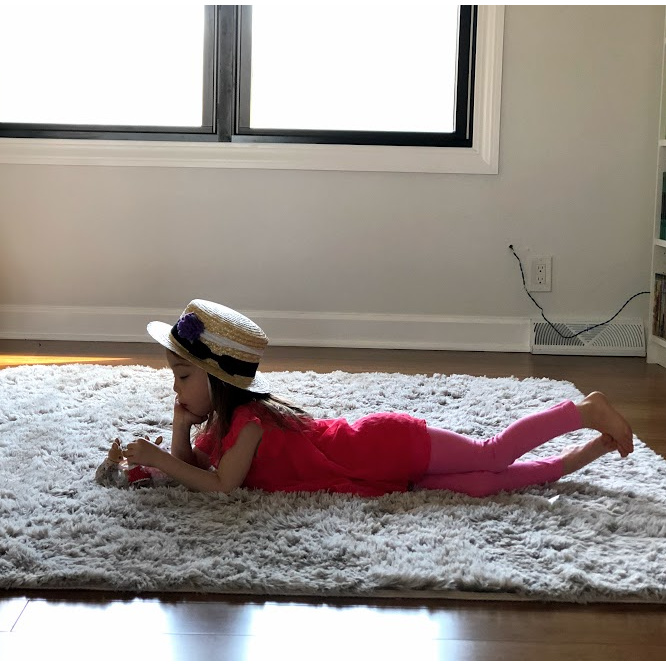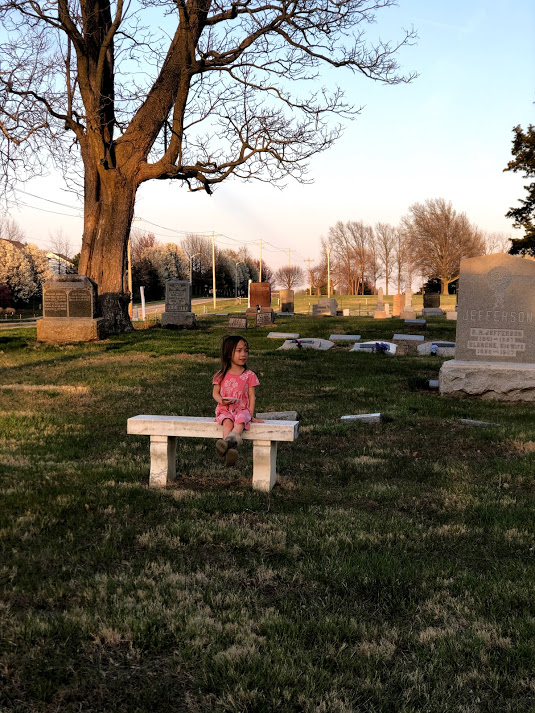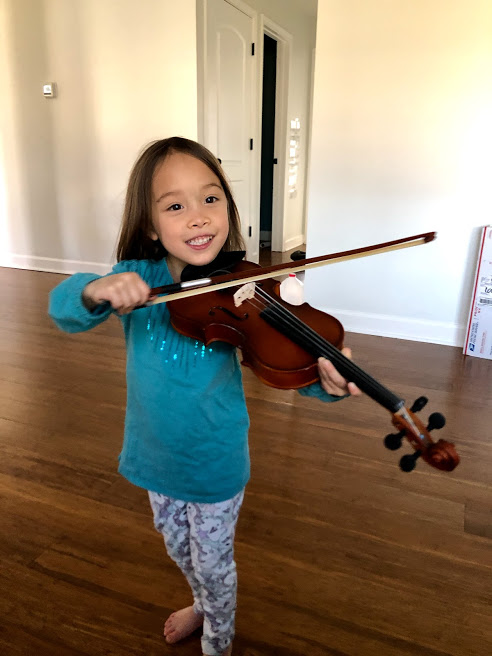I wrote up this post a couple months ago but forgot to publish it… so here you go. 🙂
A few weeks ago, we watched Mr. Smith Goes to Washington because we have been learning a lot about the founding of our nation and government. I may have seen this movie as a kid, but had completely forgotten what it was about. We all really enjoyed it… especially Roxanne.
When it got to this part (see the clip below), I happened to be texting Jershon back right at that moment and Roxanne got my attention and said “mommy! Look! You’re missing the best part!”
I thought it was so cute that she had felt something touch her so deeply that she just couldn’t bear to see me miss it. I asked her afterward why that was the best part and of course she couldn’t really tell me in words…which I had expected.




“Pestalozzi’s education method can be summed up in one word: Anschauung. Translators have had difficulties translating this German word, and I have difficulties pronouncing it, but the English translation that seems to fit the best is ‘sense-impression.’ The philosophy is: feeling precedes knowledge.A mind approach to astronomy is to memorize the names of the planets in order. A heart approach—the sense-impression approach—is to take your four year old out, even if it’s past his bedtime, to the backyard, snuggle him in a warm blanket, and tell him stories of the stars.Value of knowing the names of the planets at age four? I’d give it two cents.Value of spending an evening with your little boy out under the stars telling stories? Priceless.” (Marlene Peterson, Catch the Vision, pg. 64)
“When your well-meaning family member or friend is alarmed that your child is out playing in a stream or dressed up as a knight in shining armor or taking fresh baked cookies to the widow up the street instead of doing his suffix worksheets, very sincerely reply, “Thank you so much for your concern for my child, but right now we feel we need to be working on his Anschaaung.”” (Marlene Peterson, pg. 65)
“You know it, my friend. But for a moment picture to yourself the horror of this murder. We leave children up to their fifth year in the full enjoyment of nature; let every impression of nature work upon them; they feel their power; they already know full well the joy of unrestrained liberty and all its charms… And after they have enjoyed this happiness of sensuous life for five whole years, we make all nature round them vanish from before their eyes; tyrannically stop the delightful course of unrestrained freedom; pen them up like sheep, whole flocks huddled together; pitilessly chain them for hours, days, weeks, months, years, to the contemplation of unattractive and monotonous letters (and, contrasted with their former condition), to a maddening course of life.Friend, tell me, can the sword that severs the neck and sends the criminal from life to death have more effect upon his body than this change from the beautiful guidance of nature…to the mean and miserable school course, has upon the souls of children?” (Johann Heinrich Pestalozzi, Catch the Vision, pg. 65)

“For the child…it is not half so important to know as to feel. If facts are the seeds that later produce knowledge and wisdom, then the emotions and the impressions of the senses are the fertile soil in which the seeds must grow. The years of early childhood are the time to prepare the soil. Once the emotions have been aroused—a sense of the beautiful, the excitement of the new and the unknown, a feeling of sympathy, pity, admiration or love—then we wish for knowledge about the object of our emotional response… It is more important to pave the way for a child to want to know than to put him on a diet of facts that he is not ready to assimilate.” (Rachel Carson, Catch the Vision, pg. 73)

